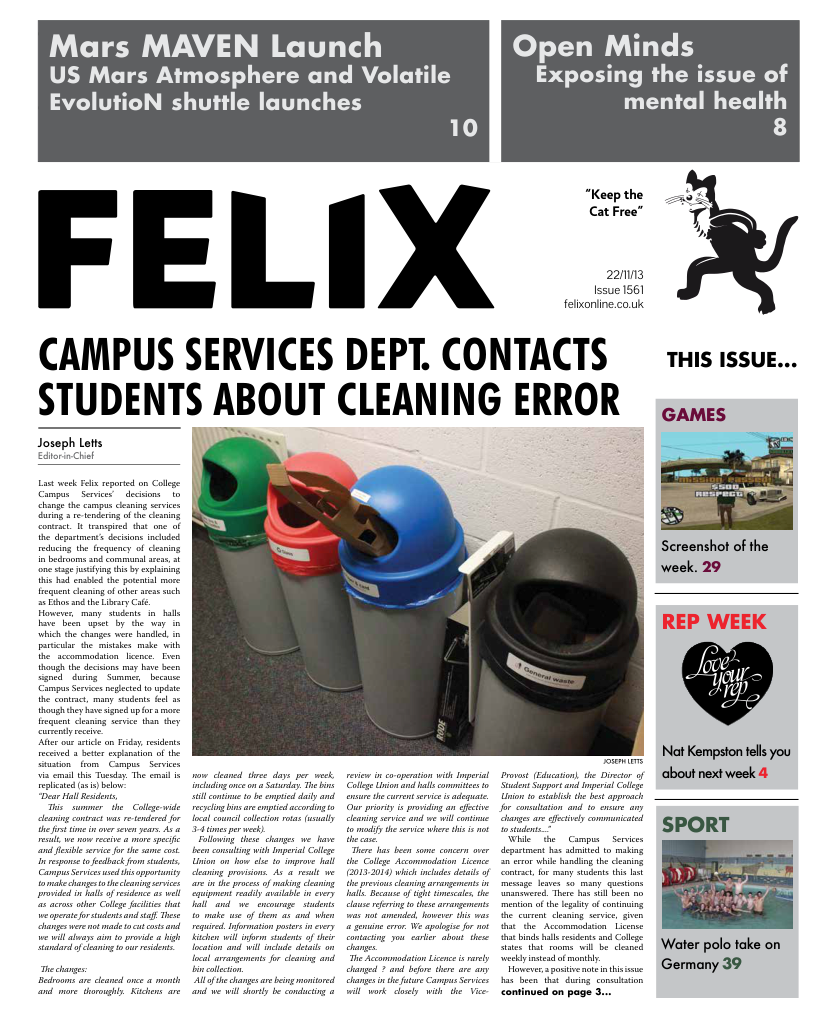The Fang-tom Menace
Latest adaptation of Dracula has yet to impress
It was easy to respond to the news of NBC and Sky’s latest venture, Dracula, with a roll of the eyes. What with the frenzied spate of anything vampire-themed following the dubious success of Twilight, including the rise and fall of True Blood and The Vampire Diaries, it would appear that the show is jumping on the bandwagon five years too late.
On the other hand, when looking for source material for a tale about vampires, you’d be hard-pressed to find anything better than Bram Stoker’s original novel which was, after all, responsible for igniting the whole vampire craze in the first place. The titular character in the book, first published in 1879, is a far cry from Edward Cullen, with no sparkles or teenage angst in sight. In hindsight, it’s more surprising that it took this long for a new adaption to be made.
The show takes more than a few liberties with the story, which isn’t in itself a problem: over the years, the story has been adapted and reinterpreted so many times that it’s difficult to do it in an original way. Yet there’s a lot to puzzle over from just the first episode. The pilot starts off with two archaeologists investing a crypt, where they discover the ominously caged remains of a skeleton in a sarcophagus. In a twist that is shocking to approximately no one, one of the tomb raiders turns out to be somewhat shady and slices his partner’s throat over the skeletal figure, thereby rejuvenating the corpse. So far, pretty standard for a vampire flick.
We’re then transported to London and introduced to Alexander Grayson, aka Dracula, posing as an American businessman for reasons I couldn’t quite figure out (this would be less of an issue except actor Jonathan Rhys-Meyers puts on a pretty atrocious American accent). He’s throwing a grand party in an attempt to impress the British socialites, which he does by unveiling his new invention: a machine that generates wireless power drawn from… the Earth’s magnetic field, apparently? This is about all the explanation we receive, apart from Dracula boasting how Edison and Tesla couldn’t manage it, and a lot of steam-powered machinery in the basement.
Suitably impressed with Dracula’s new technology is Mina Murray, a young medical student studying under Van Helsing, who’s being escorted by her beau, journalist Jonathan Harker. She is immediately drawn to Dracula, who likewise takes an interest in her after flashbacks reveal she looks identical to his long-dead wife.
The show makes some pretty big departures from both the novel and previous adaptations, not least of which is the role of Van Helsing – traditionally Dracula’s nemesis – who is revealed to be the person responsible for reviving Dracula in the first place. Also introduced are a few new characters, such as Lady Jayne Wetherby, a rich socialite who gets pretty intimate with Dracula in a viewing box at the opera, but who’s also handy with a pair of knives.
Dracula has all the ingredients of a decent vampire show, but so far seems to be lacking in something. Dracula himself doesn’t feel menacing enough, with too much emphasis on his charm and good looks (admittedly handsome though Jonathan Rhys-Meyers is); it gives the impression that the vampire is being portrayed as an anti-hero, rather than the straight-up monster he’s supposed to be. NBC and Sky Living, the channels jointly responsible for producing the show, were also both home to the fantastic Hannibal which premiered earlier in the year, and perhaps would have done well to take from there a few tips as to how to reimagine a famous fictitious villain. Whilst ratings are dropping off in America, Dracula seems to have gotten off to a stronger start here in the UK, and with a first series of ten episodes, there’s plenty of time for the show to pick up. Let’s hope Dracula finds his bite in the near future.






